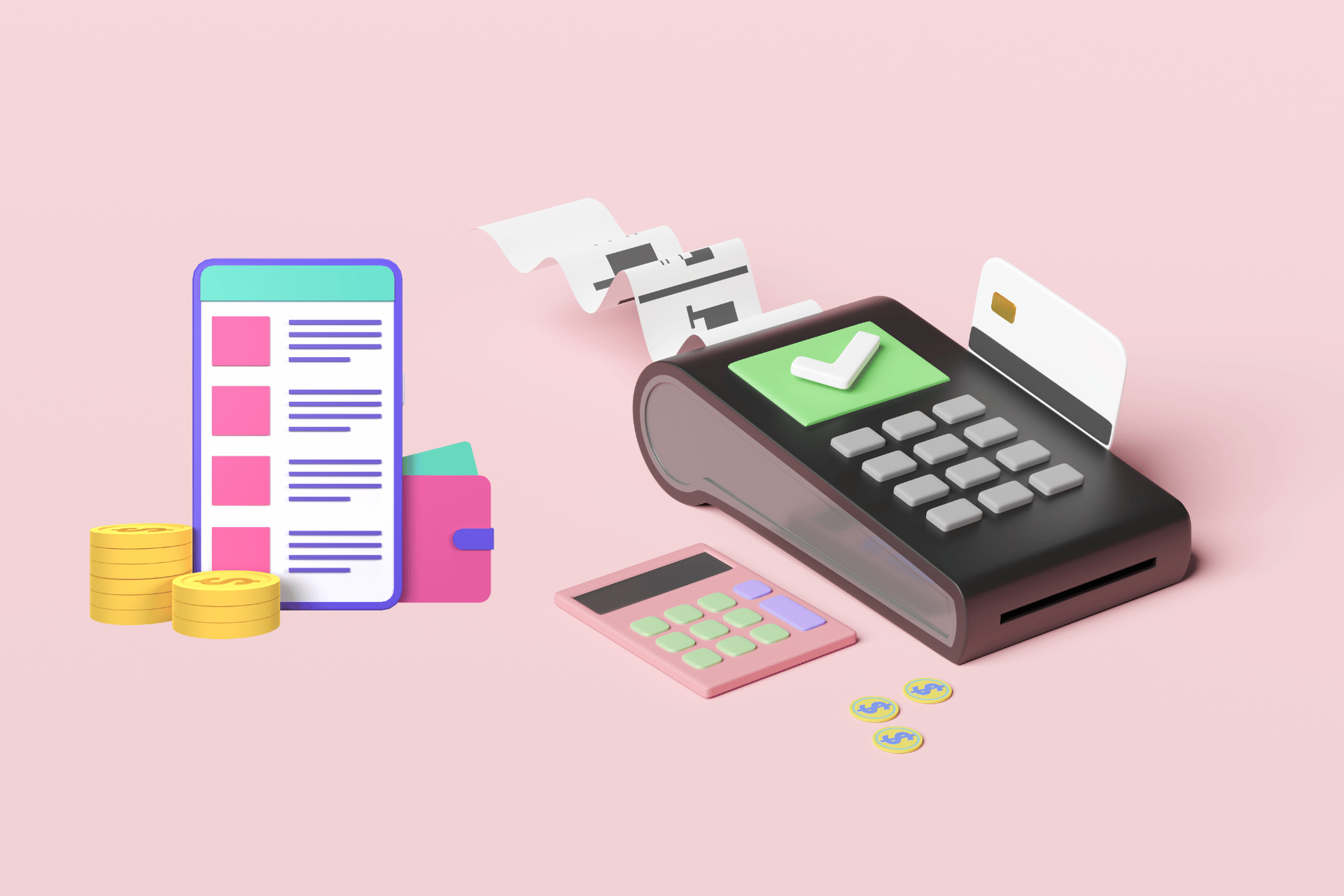From receiving direct deposits and making electronic fund transfers to using digital wallets, electronic money can take many forms. The use of it affects our lives in various impactful ways. Understanding electronic money is essential for grasping its advantages, disadvantages, and overall influence on our daily lives.
What Is Electronic Money?
Electronic money, also called e-money or electronic cash, refers to money within online banking systems that is used to make transactions and accept payments from other people or organizations.
We don’t often think of it, but most of us accept payments from our employers and pay our bills with e-money. These payments are received and made through direct deposits or fund transfers, without us ever handling physical cash or checks to carry out the exchange.
E-money is not digital money, as electronic money can be withdrawn into a usable, physical form of cash. Digital money exists purely in digital form. Digital money encompasses different forms of currency, such as virtual currencies, including cryptocurrencies like Bitcoin or Ethereum, and it is not fiat money (currencies designated a value by government regulation) like e-money is.
What are the Downfalls of Electronic Money?
Electronic money has many positive elements, including fast and easy transactions, cross-border transactions, and a reduced need to produce or manufacture physical money. Even with these benefits in mind, electronic money isn’t perfect.
E-money has several notable cons its users should be aware of, including the seven concerns discussed below.
1. Adequate & Reliable Infrastructure Issues
With electronic money, you need a device like a phone, tablet, or computer and an internet connection to make transactions. Beyond this, you may also want to use a digital wallet such as Apple Pay, Google Pay, or PayPal to store your financial details and make transactions.
While access to these things is generally widespread, unexpected factors can limit or prevent their use. In the event of a power outage, internet issue, or service disruptions, essential transactions can be disrupted.
For instance, in 2022, a major Canadian telecommunications company, Rogers Communications, experienced a service interruption that left 12 million Canadians without phone and internet service for 15 hours. If someone relied on electronic money to make transactions during this time, this service disruption would have been hugely impactful, even if they weren’t a Rogers customer.
2. Potential Security Issues
Given e-money’s online nature, there are concerns about security and the potential for individual accounts or entire networks to be hacked. This has already been significant in cryptocurrency networks, with billions stolen by hackers. These hacks not only pose the risk of stolen funds but can also devalue or significantly reduce the worth of certain electronic money options.
While the majority of these hacks have interrupted cryptocurrencies rather than fiat money, there are cases where hackers interrupted the use of money in physical and digital forms.
An example of this is when a Swedish grocery store chain could not serve its patrons or make money because a ransomware attack prevented them from using their payment system. This incident highlights our systems’ vulnerability to security issues and underscores the risks of relying solely on electronic money.
3. Lack of Privacy
Physical cash provides more anonymity than electronic transactions. When making electronic payments, our personal information is attached to every transaction we make; this means organizations retain much of our data. This personal data can range from our buying habits to our sensitive financial details. We have to trust organizations to protect our information and recognize that our information could be compromised in a security breach.
4. More Potential for Fraud
In some situations, electronic money can help prevent fraudulent activity, such as monitoring the spending of businesses or organizations. The tracked transactions make it easier to keep tabs on expenditures and their validity, limiting fraudulent or criminal activities.
In other situations, e-money can increase this risk. Many payments made through digital wallets don’t require identity verification to process the payment. This means that if someone has access to your wallet, they can easily spend your money without your consent or knowledge.
5. Not Accepted Everywhere
Unfortunately, there are limitations on where electronic money and digital wallets are accepted as payment methods since not all places accept them. This can impact your payment options in everything from playing at Pennsylvania online casinos to shopping in person at a Toronto mall.
6. Fees for Use
In addition to the limitations on where you can spend your electronic money, you may also encounter additional or unexpected fees when using this form of payment. These fees could be encountered when transferring or withdrawing money or using digital wallets.
7. Increased Economic Disparity
An increased reliance on e-money can further exacerbate economic disparity. This can be linked to an inability for some people to access devices or a secure and reliable network connection, as well as limited access to information or resources for securely using electronic money or time to learn how to use these securely. This concern warrants policymakers’ attention as they consider the implications of growing dependence on technology for financial transactions and the move towards cashless societies.
Conclusion
While electronic money has brought many of us ease and convenience in our regular spending and transactions, it’s not without its pitfalls. From security concerns and a need for more reliable infrastructure to increased fees and limitations where it’s accepted, many aspects of e-money can be improved. There’s also the need for everyone to have more education about and access to e-money to prevent growing economic disparities.
Electronic money systems and uses have a lot of potential and even more room for growth — putting the onus on individuals and policymakers to improve the safety and equity of electronic money.
—
This page was last updated on June 18, 2024.
–




